Food: top quality organic food, mostly originating from Norway
Address: Schweigaardsgate 15b, 0191 Oslo, Norway
Phone Number: +47 221 79 969
Website: http://maaemo.no/
E-mail: booking@maaemo.no
Guide Michelin: 3 stars
What I paid: € 355 (tasting menu, water, juice pairing and coffee. Without tip)
Visited: July 30, 2016
The 2016 Nordic edition of the Michelin Guide awarded, for the very first time ever, two restaurants in Scandinavia with three Michelin stars: Geranium in Copenhagen and Maaemo in Oslo. Then I visited Geranium just about a month before Maaemo, I thought it would be interesting to compare those two, but also how they compares with other 3-star restaurants visited (outside of Scandinavia).
Restaurant Maaemo opened its doors as recently as December 2010 and has made a meteoric career in the “Guide Michelin world”. Kitchen is run by co-owner and head chef Esben Holmboe Bang, a native Dane, but who has worked most of his career in Norway. Co-founder and sommelier Pontus Dahlström from Finland leads the restaurant.
Maaemo means “Mother Earth” in old Norse and top quality Norwegian organic produce guides the 20 (somewhat) course menu. The cooking has an outspoken focus to reflect the Norwegian changes in seasons and is both sophisticated, innovative and visually stimulating together with some great flavor combinations. Most of the produce are sourced within a 100 km radius of Oslo.
The restaurant has just eight tables in the main dining room as well as a private test kitchen table, which has a direct view of the chefs at work and the modern skyline of Bjørvika.
There is only one set menu to “choose” from and this seasonal menu costs 2300 NOK (about 245 Euro). Wine pairing is another 1690 NOK (about 180 Euro). The wine list itself has grotesque mark-ups. As a substitute for the alcohol, you could alternatively opt for a juice pairing a 850 NOK (about 90 Euro).
Warm savory chanterelles cookie
Cracker consisting of a chanterelle purée and pickled chanterelles together with a chicken stock. Nice, delicate and perfectly balanced mushrooms tastes; a very good start of this meal.
Cornett with roasted yeast and salted vendace roe
Cornet filled with Löjrom (the designation of the roe of the small salmonid fish species vendace, Coregonus albula, picked specifically from the Bothnian Bay archipelago of the Baltic Sea in northern Sweden; but this one was of Norwegian origin, which I have never had before) and a sorbet of a yeast emulsion.
Good but not outstanding. I have had better löjrom; i.e. Kalix Löjrom…
Vegetable tart with grilled garlic
Fennel tartlet beautifully decorated with flowers. Apart from the flavor from the flowers, there were also pickled garlic, black garlic emulsion, salad and some wood ants that contributed with a delicate acidity (mostly recognized when eating the ants alone, so I am not sure what they added to the dish in total).
“Lompe” with gently steamed king crab and kelp
King crabs are a superfamily of crab-like decapod crustaceans chiefly found in cold seas. Because of their large size and the taste of their meat, many species are widely caught and sold as food, the most common being the red king crab, Paralithodes camtschaticus.
The King crab at Maaemo was served on a potato flatbread (“Lompe” in Norwegian) crowned with an emulsion of King crab and kelp purée.
The king crab was of uttermost quality and very sweet. There were also some smoky tones (not from smoking the food), but I am not sure if this was related to the use of kelp or mead in the dish.
Rakfisk (fermented trout), grilled leek and spring lettuce
Rakfisk (Norwegian pronunciation: [ˈrɑːkfisk]) is a Norwegian fish dish made from trout or sometimes char, salted and fermented for two to three months, or even up to a year, then eaten without cooking. Fisk is the Norwegian word for “fish”. Rak derives from the word rakr in Norse language, meaning “moist” or “soaked”.
The rakfisk at maaemo was (fermented) white trout served together with a sauce of lettuce juice, grilled leek, leak oil and a trout tartare of horseradish and sour cream.
The fish was very flavorsome but I would personally not identify it as trout. The juice (in the dish; not the beverage …) were of delicious taste (as in many other dishes).
Mahogany clam from Nordskot, seaweed and Norwegian shiitake mushrooms
Mahogany clam (Arctica islandica) is a species of edible clam, a marine bivalve mollusk in the family Arcticidae. This species is native to the North Atlantic Ocean, and it is harvested commercially as a food source. This species is also known by a number of different common names, including ocean quahog, Icelandic cyprine, mahogany quahog, black quahog, and black clam. These animals show exceptional longevity with a highest reported age, for Ming the clam, of 507 years. This makes it the longest living non-colonial metazoan species with an authenticated lifespan.
The Mahogany clam from Nordskot was served raw and chopped together with a seaweed broth, chicken skin and shiitake mushrooms (from Telemark). Prominent and strong flavors.
We were now shown the scallops we should have in later dishes. The scallops were handpicked by divers in Trondheim.
Emulsion of raw Norwegian Oysters from Bømlo
Oyster emulsion from Bømlo served with a warm sauce of blue mussels, dill and oyster juice. I once wrote “Oysters for beginners” when I had oyster at a fish- and seafood restaurant (see Bifångst (Gothenburg/Sweden)) and I would say the same applies here. Good, but without the distinct raw oyster taste.
A Maaemo signature dish (that have been on the meny from the very start) and that is for a reason! Very good!
Scallop from the coast of Trondheim – part #1
Tender raw slices with smoked cream, white current and heather
This first serving consisted of a raw scallop (from Frøya) attended with smoked cream and salsify purée.
Tragopogon porrifolius is a plant cultivated for its ornamental flower, edible root, and herbal properties. It is commonly known as purple or common salsify, oyster plant, vegetable oyster, Jerusalem star, goatsbeard or simply salsify (although these last two names are also applied to other species, as well).
Once again a lovely sauce/juice; this time a succulent smoky one. That being said, neither of us could identify the taste of the scallop itself, which is sad, given its superb quality.
The plate is designed and produced by a small company named Odd Standard in Stavanger.
Scallop from the coast of Trondheim – part #2
Grilled in the shell over burning embers apples and celeriac
The second serving had the scallop prepared with Japanese binchō-tan (also called white charcoal or binchō-zumi; a traditional charcoal of Japan of very high quality. The raw material is oak, specifically ubame oak (Quercus phillyraeoides)).
This grilled scallop (in its own shell) was accompanied with apple juice, raw apples, celeriac, butter, sorrel and a scallop sauce. This second part of the scallop serving was much better and you could here, really savor the scallop and its quality.
Lightly pickled mackerel from the Oslo fjord
I really like mackerel, if you can have it freshly caught, and I therefore had high expectations on this lovely decorated dish. The fish was dressed with edible flowers, elm seeds and wild garlic. An apple sauce (with garlic oil complimenting the fat oily fish) was served together with the mackerel.
I really enjoyed this dish; definitely one of my favorites this lunch! However, the mackerel did not add anything to the dish (apart from texture), though I could not distinguish any specific mackerel flavors at all. This dish could probably have worked really well as a pure vegetarian serving.
“Our bread and butter”
Homemade natural yeast sourdough bread (of freshly milled Norwegian heritage wheat) together with homespun butter (with acidity given from goat yoghurt).
I was not that keen on the bread (but I had five pieces myself…) but my friend really liked it. The butter was my favorite ingredient this serving.
Rømmegrøt and reindeer heart
Next dish on the menu was “rømmegrøt“, a traditional Norwegian dish, which is a kind of sour cream porridge. Rømme reminds of sour cream and is made from cream or a mixture of whole milk and cream that is fermented. Soured using a bacterial culture either naturally or by adding a lactic acid culture.
Rømme is widely used in Norway as an ingredient in food and is also used by some on pancakes and waffles. The “rømmegrøt” at Maaemo was served with dried and smoked reindeer heart and plum vinegar.
Biodynamic greens from Bergsmyrene with elderflower
Raw beef with fermented garlic and vinaigrette of smoked beef fat
The tartare beef was the one and only meat dish served. Complimented with greens and elderflower, fermented garlic and vinaigrette of smoked beef fat.
Clear and flavorsome meat flavors and again, a good sauce (vinaigrette).
Potatoes and cheese
A simple dish of young potatoes cooked in salted butter and potato broth together with a creamy sauce of aged cheese. Simple but still very tasty!
Frozen blue cheese with pickled black trumpet mushrooms
Kraftkar (from Tingvoll) is a matured local blue cheese that has won several international awards in recent years. It is made from fresh cow’s milk with extra cream added. The sweetness this gives the cheese, constitutes an important character of Kraftkar. The flavor develops over a long time in the mouth, from sweet tones to salty. Kraftkar has a creamy, slightly grainy texture.
At Maaemo the Kraftkar was served frozen (by LN2) with pickled Black Trompette mushrooms (Craterellus cornucopioides, or horn of plenty).
Delicious, both in regards to texture, temperature and palate.
Biodynamic raspberries
Fresh, simple and tasty!
Brown butter ice cream
Second and last dessert was a brown butter ice cream with crumbled hazelnuts, caramelized butter and a warm coffee syrup. Good!
Liquid Waffle
A nibble containing liquids of wild herbs. Okay.
Coffee
The Nordic folks love their coffees and there are tons of coffee shops in Oslo (as in all other major cities in the Nordic countries). One of the best ones, Tim Wendelboe, is a small roaster and espresso bar located in the Grünerløkka neighborhood. All coffee is sourced by barista champion Tim Wendelboe and roasted locally in Oslo.
It was filter coffee served, which is very common in the Nordic region. As a coffee addict, drinking mostly filter coffee, I enjoyed the acidity of this Kenyan brew.
Petit-Fours complemented the coffee:brown cheese tart and bars of buckwheat.
Brown cheese tart
Brunost (“brown cheese”) is a common, Norwegian name for mysost (“whey cheese” Danish: myseost, Swedish: mesost), a family of cheese-related foods made with whey, milk and/or cream. Brunost is primarily produced and consumed in Norway. It is regarded as one of the country’s most iconic foodstuffs, and is considered an important part of Norwegian gastronomical and cultural identity and heritage.
I have never been a fan of “brunost” and did consequently not like this tart as much.
Bars of buckwheat
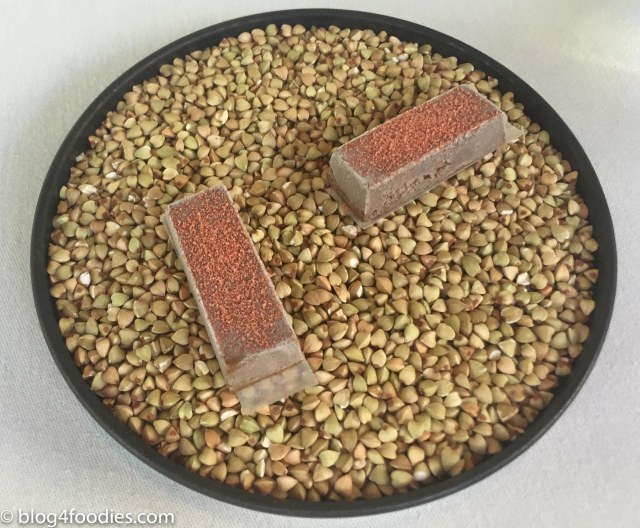
Bars of buckwheat
The buckwheat bars resemble chocolate but did not include any cocoa at all. Instead they contained (apart from buckwheat) roasted grains and dried strawberries.
Summary: “New Nordic cuisine”, with a distinct promote of local, natural, organic and seasonal produce as a basis for many of the dishes.
In comparison to the other 3-star restaurant in Scandinavia, Geranium in Copenhagen, I have Maaemo as my favorite. That being said, those two restaurants share a lot of similarities. Both restaurants serve very little meat, but where Geranium has its main focus on vegetables, Maaemo may have a slight more attention to fish- and seafood.
Maaemo has its own identity, but is still rooted in the Scandinavian cuisine. The restaurant differs a lot in comparison to the classical French 3-star restaurant, but also to most other 3-star restaurants. This, however, without being artificially and with sustained Norwegian tastes.
The sauces and juices were in most dishes really delicious, but from my perspective, at the expense of diminishing the pure flavors of the superb quality of the seafood. My biggest complaint is that, even though the dishes had plenty of good and strong flavors, the taste of the fish- and seafood were many times overwhelmed by the other flavors (e.g. the mentioned sauces/juices).
Impeccable, nice, friendly and relaxed service. Food served by both the chefs and the “ordinary” staff.

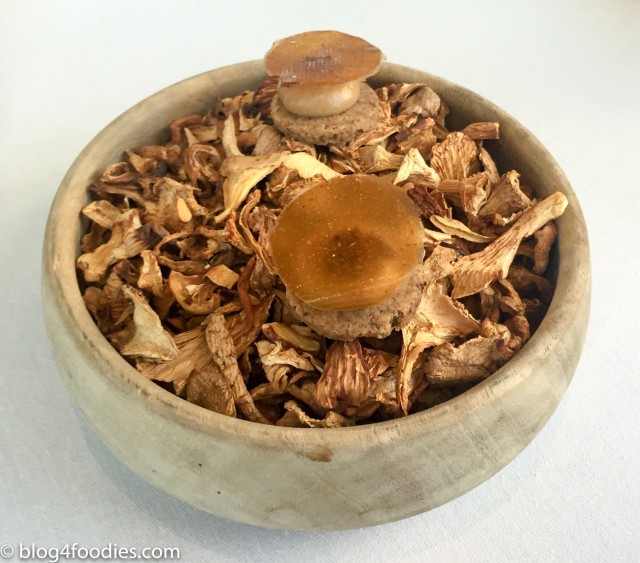
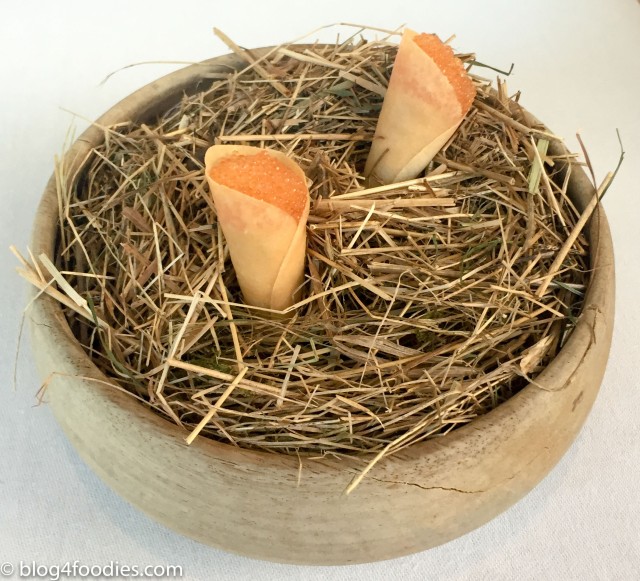
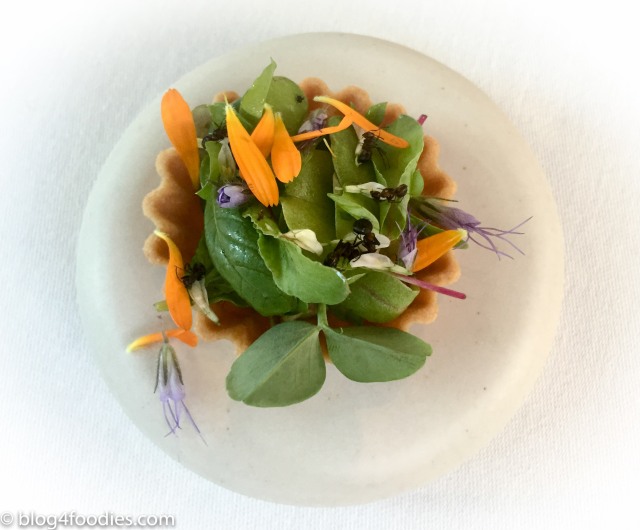

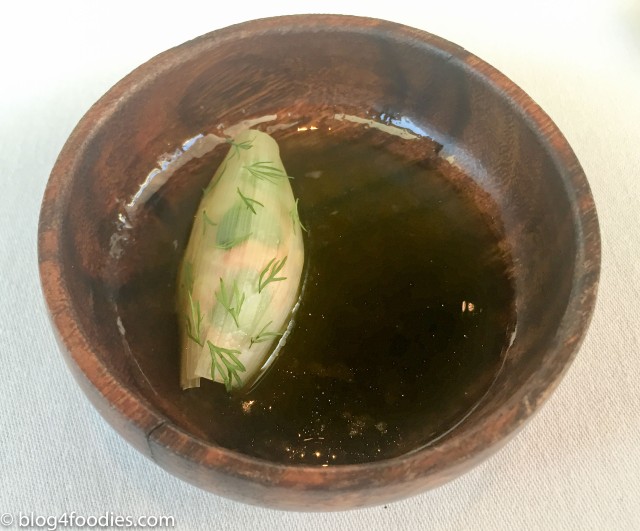
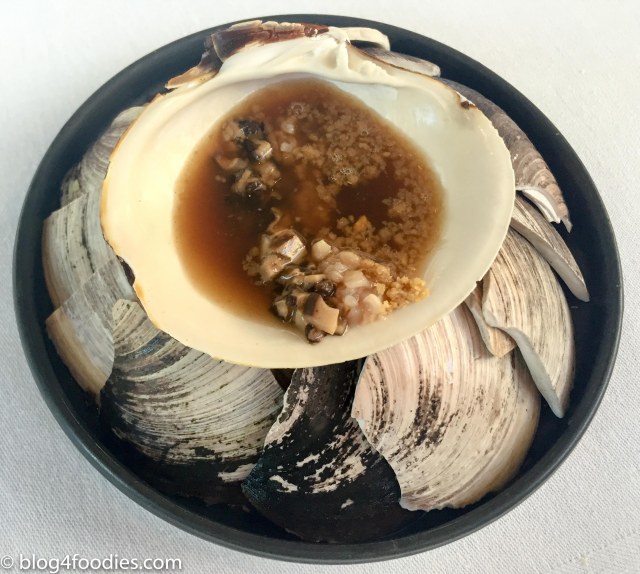
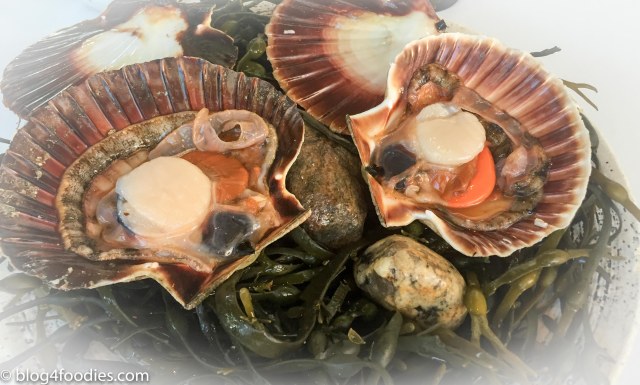
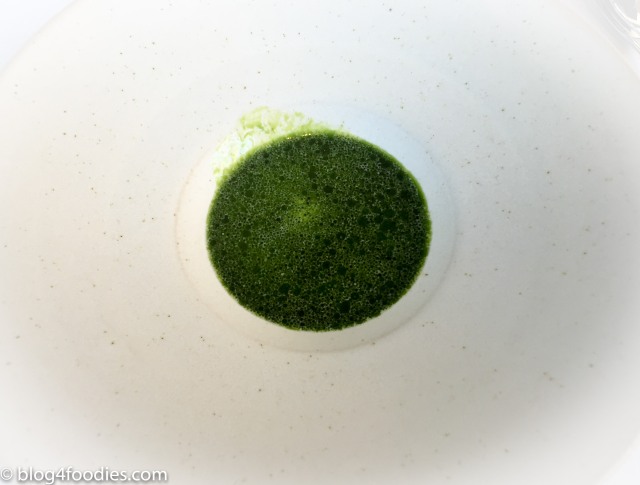
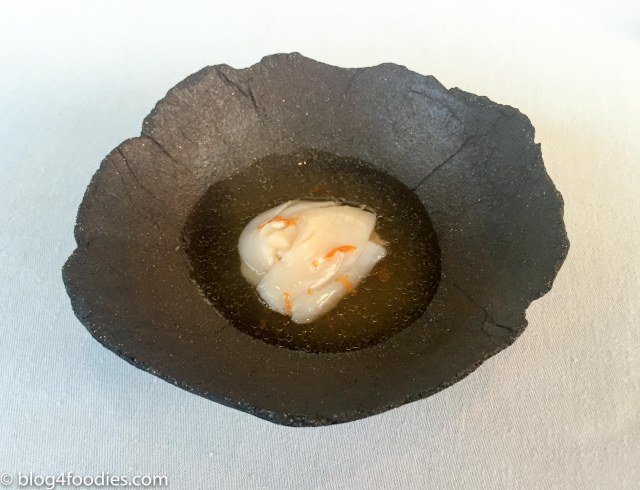
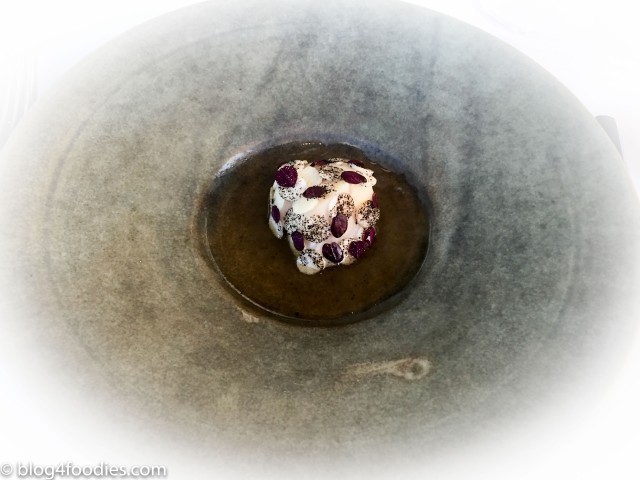
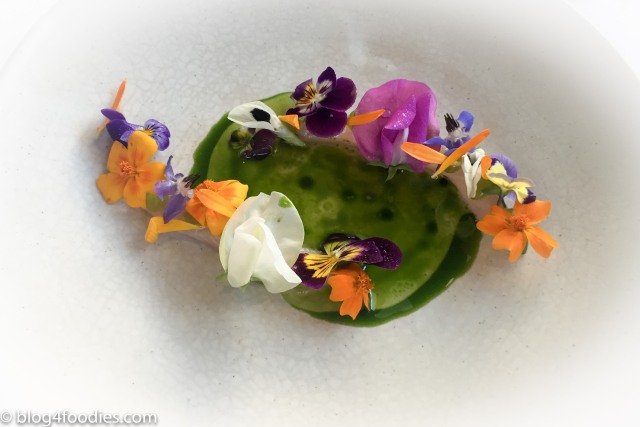


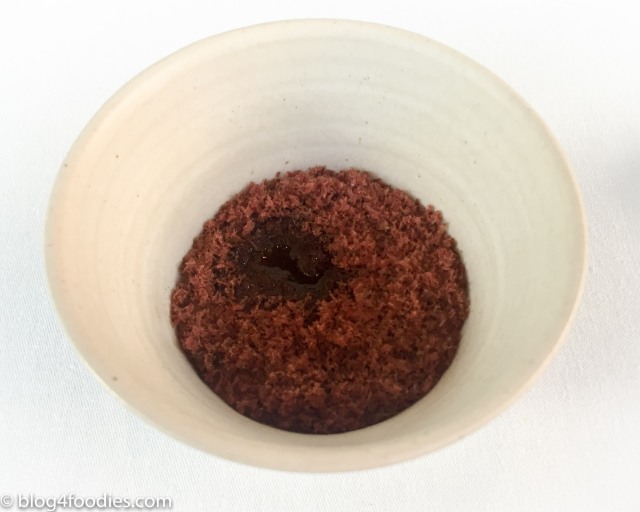
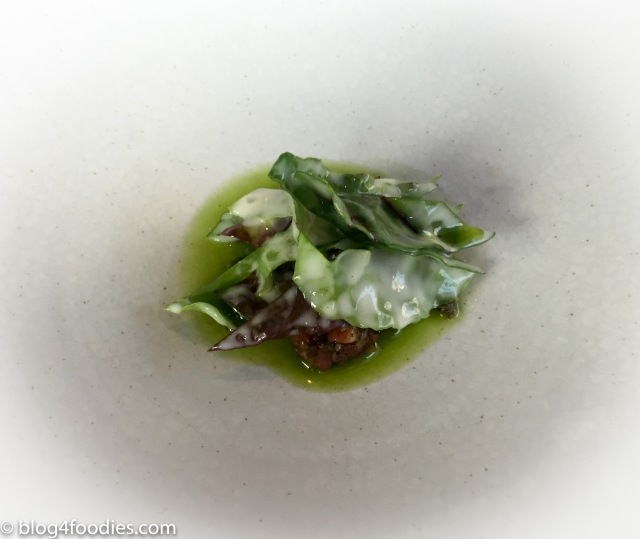



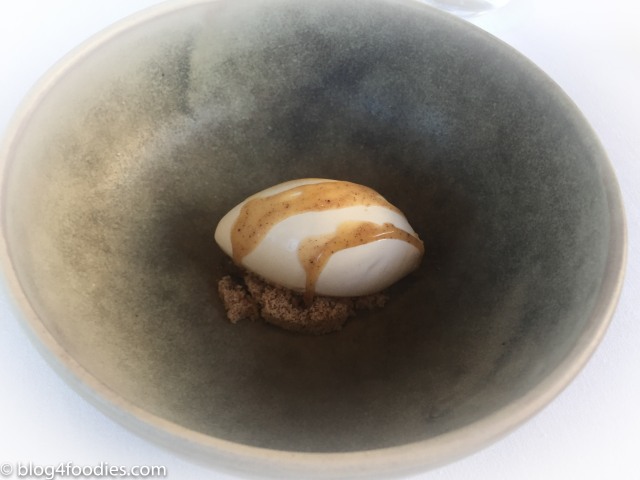
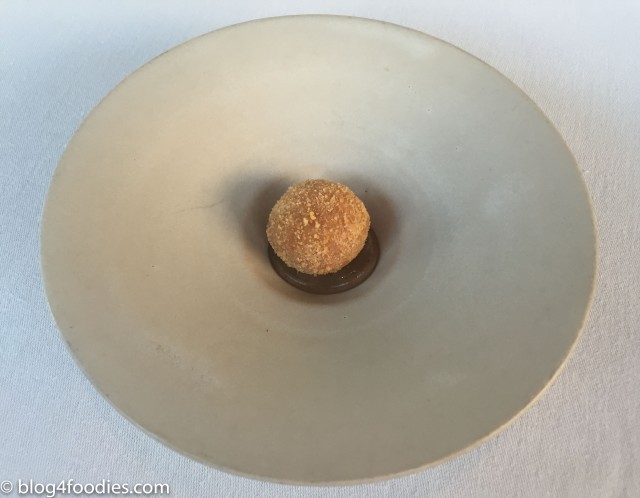

Pingback: Wine Feast at PM & Vänner (*) – Sweden | blog4foodies
How did you like the juice pairings? I’m dining there in two days and I can’t decide on juice or wine..
I have to say that I think the juice paring is ridiculously expensive. In total, I did not get more than half a liter of juice. At the time it was 850 NOK but when I checked the price now, they have raised the juice pairing to 950 NOK, which is about 110 Euro. So no, I cannot really recommend the juice pairing. However, the wine mark-ups are pretty stiff as well. Normally, I always opt for the wine, but I was a little bit curious what Maaemo could offer in regards to the juice. However, I wasn’t too impressed with what I got (but absolutely not bad). So, in hindsight I should have gone with the wine instead.
Pingback: New Year’s Eve 2016 – Dinner at Home | blog4foodies
Pingback: Geranium (***) – Copenhagen | blog4foodies
Hi, is the Wine Pairing mandatory? Can´t you just order one bottle of wine? Thanks
Wine pairing is not mandatory! Consequently, no problems to opt for one bottle of wine instead. That being said, I can not recommend the juice pairing.